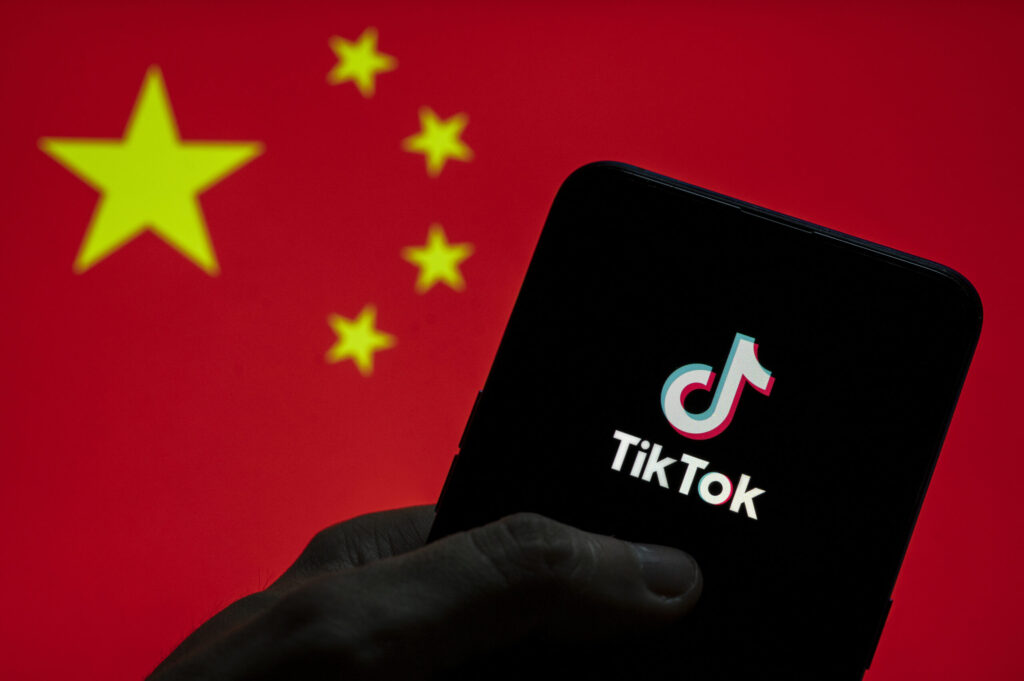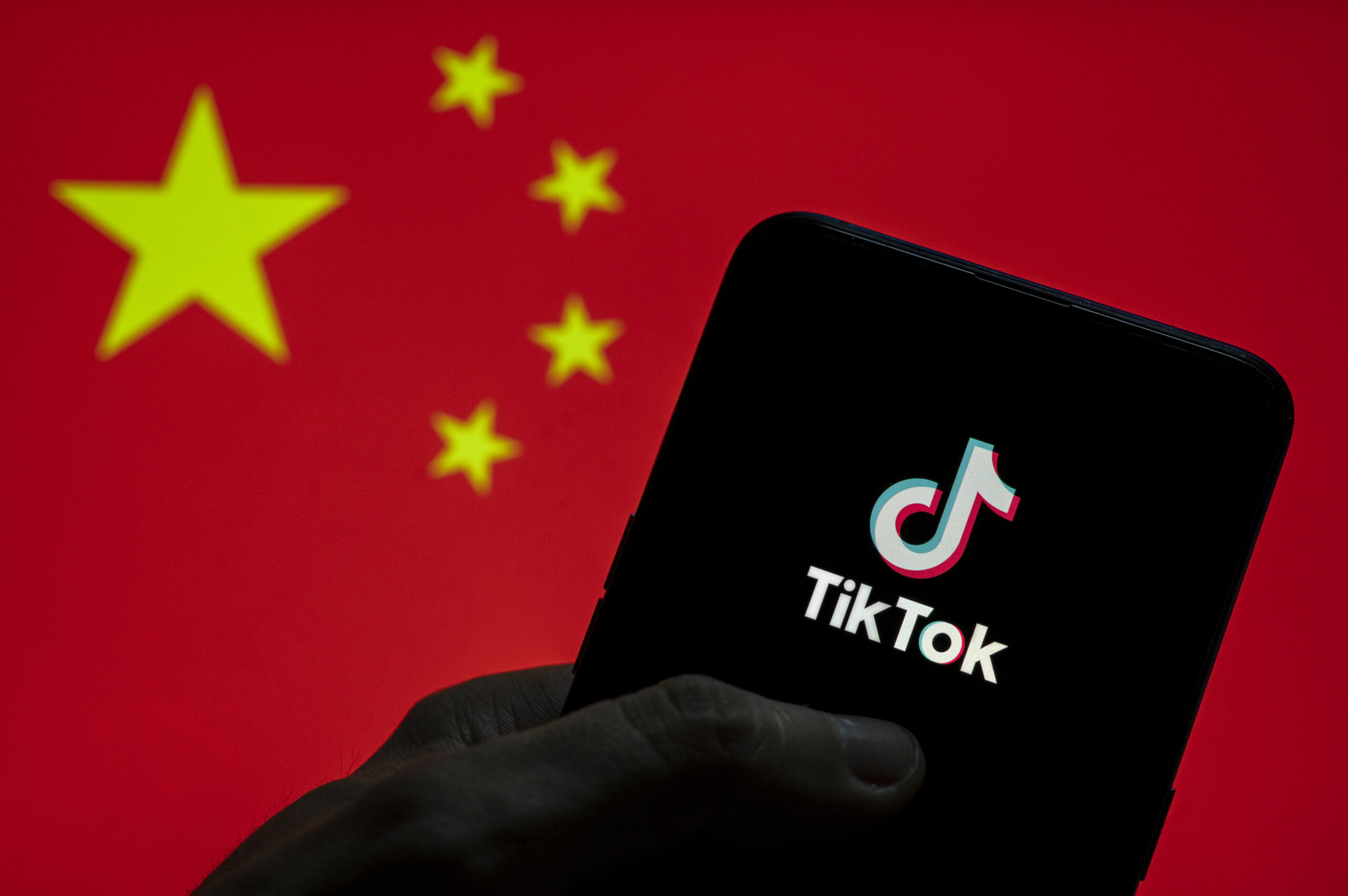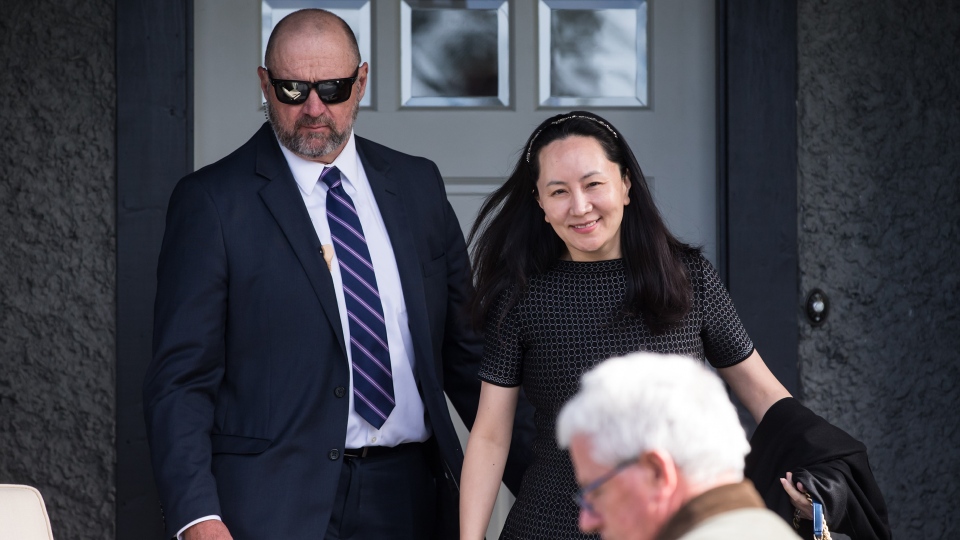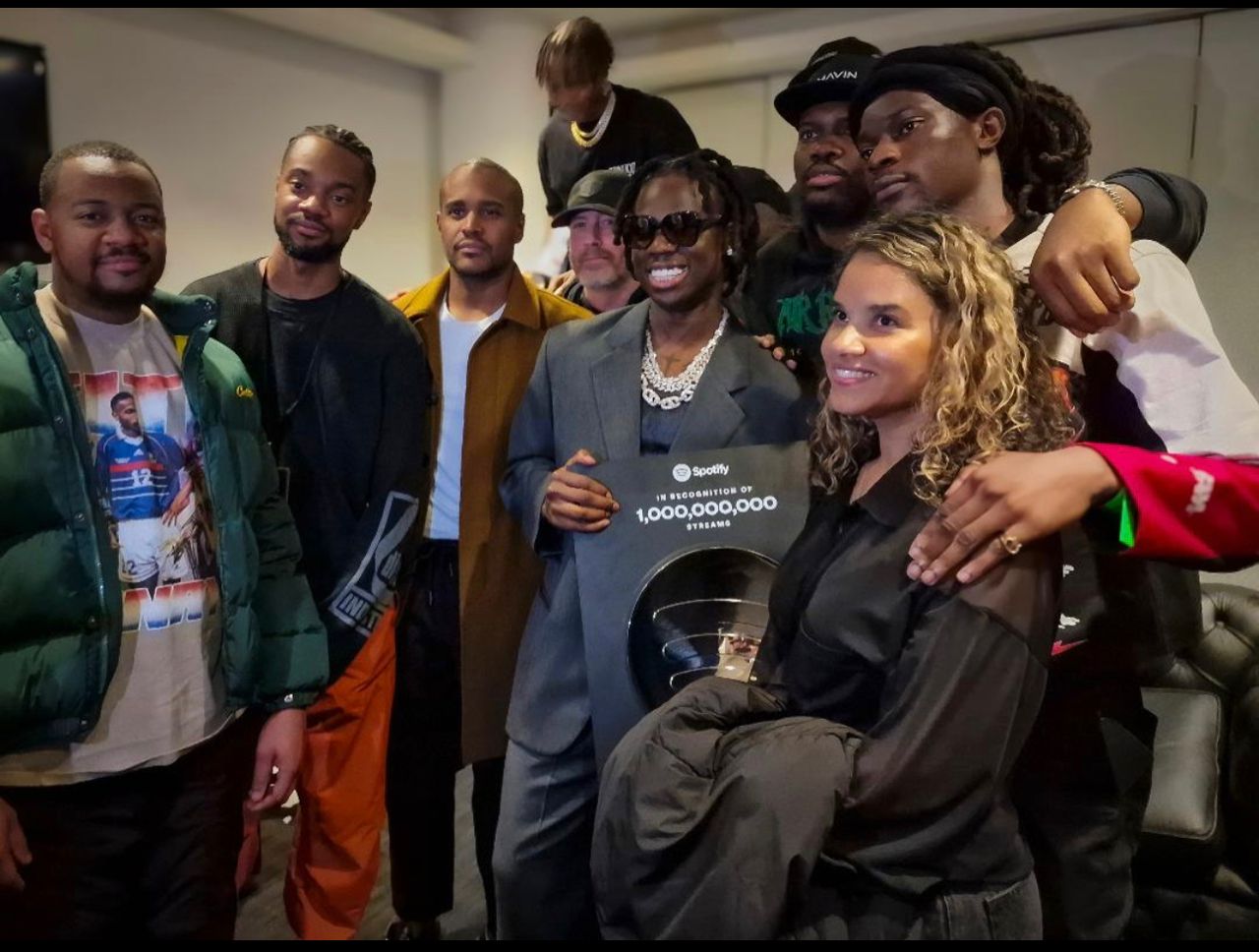
TikTok Has Pushed Chinese Propaganda Ads To Millions Across Europe – Forbes
According to TikTok’s newly public advertising library, ads from China’s largest state media outlets touting everything from China Covid lockdowns to tourism in the troubled Xinjiang region have been broadcast to millions of the platform’s European users.
TikTok has served up a flood of ads from Chinese state propaganda outlets to millions of Europeans in recent months, according to a new ad library published by the company on July 20. The promotions range in topic from defenses of Chinese Covid-19 lockdowns to adorable cats playing on the Great Wall of China to efforts to recast the country’s Xinjiang region — where it has persecuted and detained more than one million mostly Muslim Uyghurs — as a spectacular tourist destination.
An analysis of the ad library conducted by Forbes showed that as of Wednesday, July 26, more than 1,000 ads from Chinese state media outlets like People’s Daily and CGTN have run on the platform since October 2022. They have been served to millions of users across Austria, Belgium, the Czech Republic, Germany, Greece, Hungary, Italy, Ireland, the Netherlands, Poland, and the United Kingdom. The ad library does not yet display data on ads presented to users in the United States, Canada, Australia, and other countries outside of Europe.
Much of the content advertised by China state media on TikTok focused on frequent talking points from its TV, radio and print outlets that tout China’s economy, technology and cultural heritage. References to Xinjiang, where the U.S. government have branded the Chinese government’s campaign of mass repression, imprisonment and “reeducation” as a genocide, appeared in 92 of the 124 adverts promoted by one state media account.
One ad, shown in March, was paid for by China News International and featured a man doing a traditional dance under the caption “Xinjiang is a good place!” Another video shows a CGTN host visiting an elementary school in Xinjiang. The school visited by the host was located in the county of Pishan in Xinjiang, where the Australian Strategic Policy Institute has tracked the construction of six detention facilities. Ads also tout tours of the region and the culture of its mostly Muslim Uyghur population.
Other ads appear to be more overtly political in topic and tone: one ad, shown in December, featured an academic criticizing U.S. and European resistance to the Chinese international development project the Belt & Road Initiative. Another ad featured a video from a vlogger who has accused Western media of lying about the Chinese government’s human rights abuses. According to the ad library, it was running on TikTok as recently as last week.
An FAQ page for the new ad library says: “TikTok does not show political or election ads on the platform. So you will not be able to find ads of political nature in the Commercial Content Library.” TikTok’s ad policies prohibit advertising about social issues, elections and politics, though they note that “government entities may be eligible to advertise if working with a TikTok Sales Representative.” TikTok spokesperson Jamie Favazza did not reply to questions about whether ads criticizing Western governments’ responses to China’s Belt & Road initiative, defending China’s Covid-19 policies, and promoting tourism in Xinjiang were permitted under TikTok’s no-political-ads policy.
Asked whether the People’s Daily, Global Times, and other Chinese state media outlets were working with a sales representative, Favazza said the company did not consider state-controlled media to be government agencies so its rules on government, politician and political parties did not apply. She noted that the ads appeared to be primarily purchased through agencies. The state media agencies did not respond to a request for comment.
TikTok’s ad library does not disclose how much Chinese state media paid to post these ads on its platform. The ads vary in distribution — while the ad library shows that some have been viewed by hundreds of thousands of users, others have been seen by less than a thousand users in Europe.
TikTok, like Meta and Google, labels accounts run by state media so that users can see a government has produced the content posted by them. However, Favazza said that TikTok is still working to expand its labeling system to cover ads. In response to Forbes questions about ads from the account @GlamourChina (“Travel with panda Huanhuan to see and explore the glamorous side of China!”), the company added a China state-controlled media label to it.
TikTok is facing numerous government inquiries in Europe and abroad about its ties to the Chinese state. Government offices in the E.U., U.K., France, Belgium, Denmark, Netherlands, and Norway, among others, have banned TikTok from government devices over concerns that the app, which is owned by the Chinese tech giant, ByteDance, could be used to exfiltrate sensitive government information to China. In December, the company acknowledged that it had used TikTok to surveil reporters in the U.S. and U.K., to try to identify their sources. ByteDance staff in China still have access to European TikTok users’ data today, though the company has announced plans to restrict that access at some point in the future. (Disclosure: In a previous life, Emily Baker-White, an author of this story, held policy positions at Facebook and Spotify.)
One of regulators’ top concerns about TikTok is a fear that it could be used by the Chinese government to warp civic discourse in democratic nations. Chinese state media publishers have a long history of using social media advertising to push pro-China narratives in the west, and both the Meta and Google ad libraries show that both platforms continue to promote pro-China narratives through advertising. In 2021, Meta employees raised concerns about Chinese state media ads on Facebook portraying happy Muslims in Xinjiang, but the company decided that the ads did not violate company policy. Unlike Meta and Google, however, TikTok has decided to forbid advertising about politics, social issues, or elections on its platform.
Both Meta and Google label content posted by state media outlets, and in January, TikTok announced that it would join them in doing so. (Twitter formerly labeled posts by state media outlets, but discontinued the labels under Elon Musk.) Still, the rollout of TikTok’s policy was rocky – it failed to label the account @NewsTokss, which is operated by the Washington D.C.-based outpost of China Central Television, until it was flagged by Forbes. Forbes has previously reported that China Central Television accounts pushed videos that attacked specific U.S. politicians and issues prior to the midterm elections.
When TikTok announced its ad library, some transparency advocates cast the announcement as evidence of regulation at work. Under the European Union’s Digital Services Act (DSA), large platforms like TikTok will now be required to maintain searchable databases of ads. TikTok’s announcement said the company intends to expand the library beyond Europe, but did not offer specifics about when, and for which countries, it plans to do so.
About Author
Discover more from BillionBill
Subscribe to get the latest posts sent to your email.



